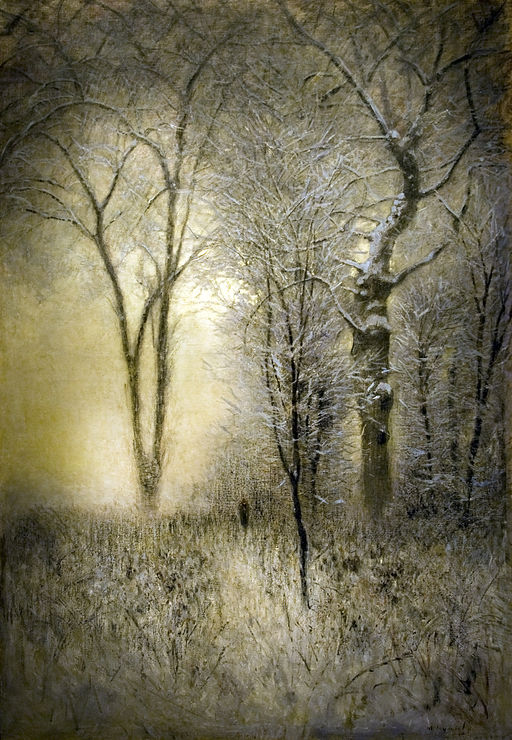
The January Blues
With the coming of the New Year, rather than feeling hopeful about the possibilities held by the next twelve months ahead, many people are struck by a sense of gloom. This sluggishness and general ‘down in the dumps’ sensation is often referred to as the January blues. But what’s behind these winter blues? Are they at all real, or just a figment of our imagination?
For a lot of people, January is a dreary, long month. Low on money after spending extra cash over the Christmas period, it can feel like a long wait until payday. The stress of having to pay bills without money can be bad enough, but add to that the cold weather, lack of light during the daytime, and potentially little to look forward to until the summer holidays, can make even the most optimistic person gloomy. All of these things contribute to the classic symptoms of “January blues”, which can include mood-swings, lethargy, insomnia, stress, cold or flu and general depression.
Psychological research by Professor Ed Watkins of the Mood Disorders Centre at the University of Exeter, explains, “Depressed mood is often exacerbated by a perception of a gap between how someone wants things to be and how they actually are. These actual-ideal discrepancies are highlighted at this time of year… There are all these cultural messages around Christmas and the New Year about goodwill to all people, the importance of spending time with close friends and family, having fun, and making new starts. However, for people who are isolated or finding these activities difficult for whatever reason, this stark contrast can make them feel inadequate and blue.” He goes on to explain that, “Some people can also negatively compare how they are now with what they used to be able to do or what they hoped they would have achieved by now and this can lower their mood.”
It isn’t just psychological issues that bring on these winter blues, though, but also physical ones. Over-consumption of alcohol, a poor diet, lack of exercise and lack of sunlight raise rates of stress, insomnia and depression. By eating better (not by going on a crash diet but by adopting a balanced one, rather than one rich in sugar and fat-high treats), taking more exercise. Preferably that exercise would be taken outside so you get more daylight. Even that presents a problem, though, as it will usually be on the cold side.
The National Health Service recognises “the winter blues”. The medical name for this winter depression is seasonal affective disorder (SAD), and there is sound evidence to support the idea that the season can affect our moods. Scientists believe that the underlying problem in January is related to the way the body responds to a lack of daylight. Alison Kerry, from the mental health charity MIND, says: “With SAD, one theory is that light entering the eye causes changes in hormone levels in the body. In our bodies, light functions to stop the production of the sleep hormone melatonin, making us wake up. It’s thought that SAD sufferers are affected by the shorter daylight hours. It is a higher melatonin level that will cause lethargy and symptoms of depression.”
Getting more light is obviously the answer, then. More exercise in daylight, sitting by the window, or even investing in a special light box for a few hours a day can help ease these SAD winter blues. In extreme cases, help with light therapy can be obtained from your doctor.
For most of us, then, mood-regulating chemical serotonin in the brain, making you feel more mentally positive, will help to turn those January blues into January smiles.
